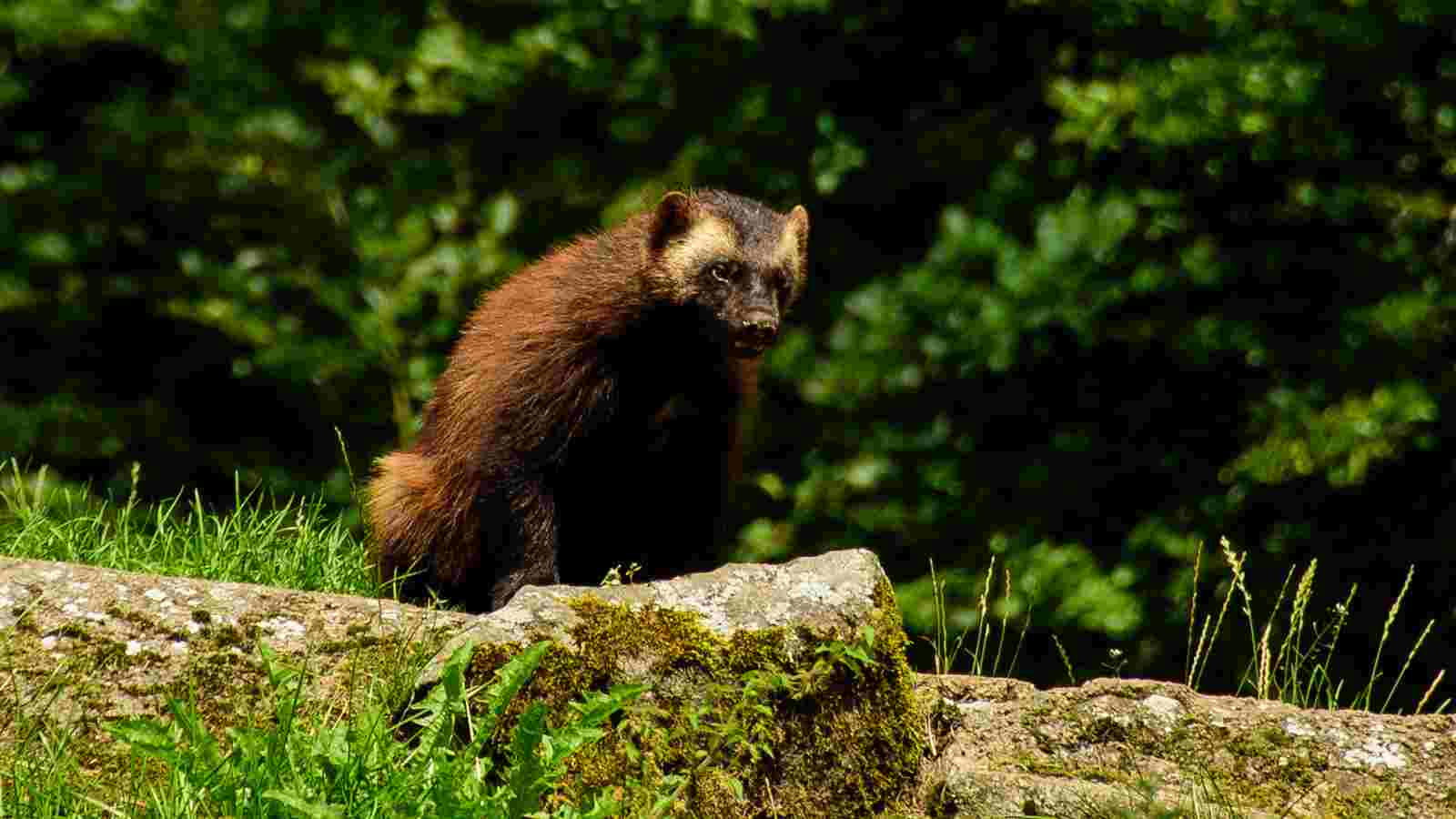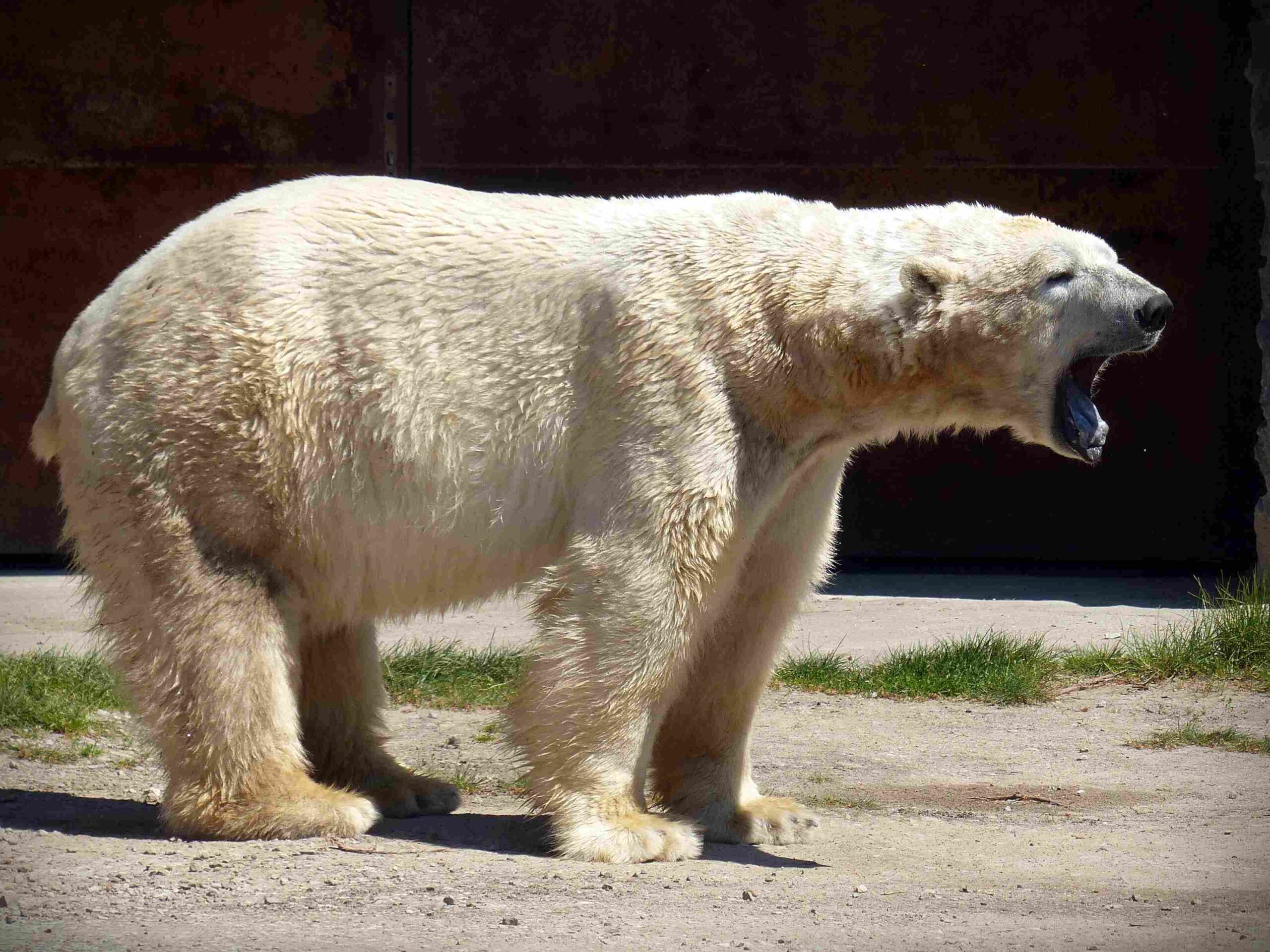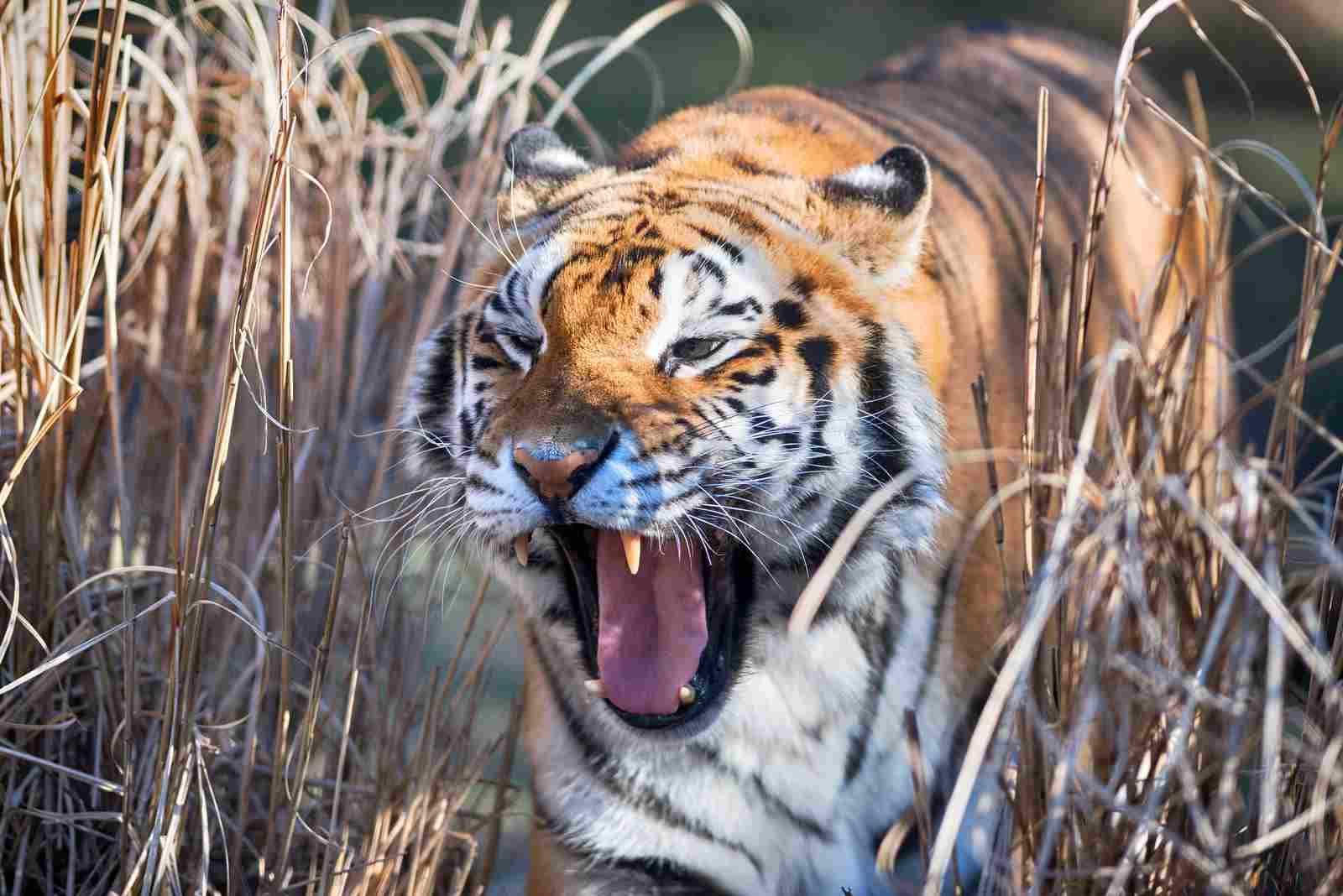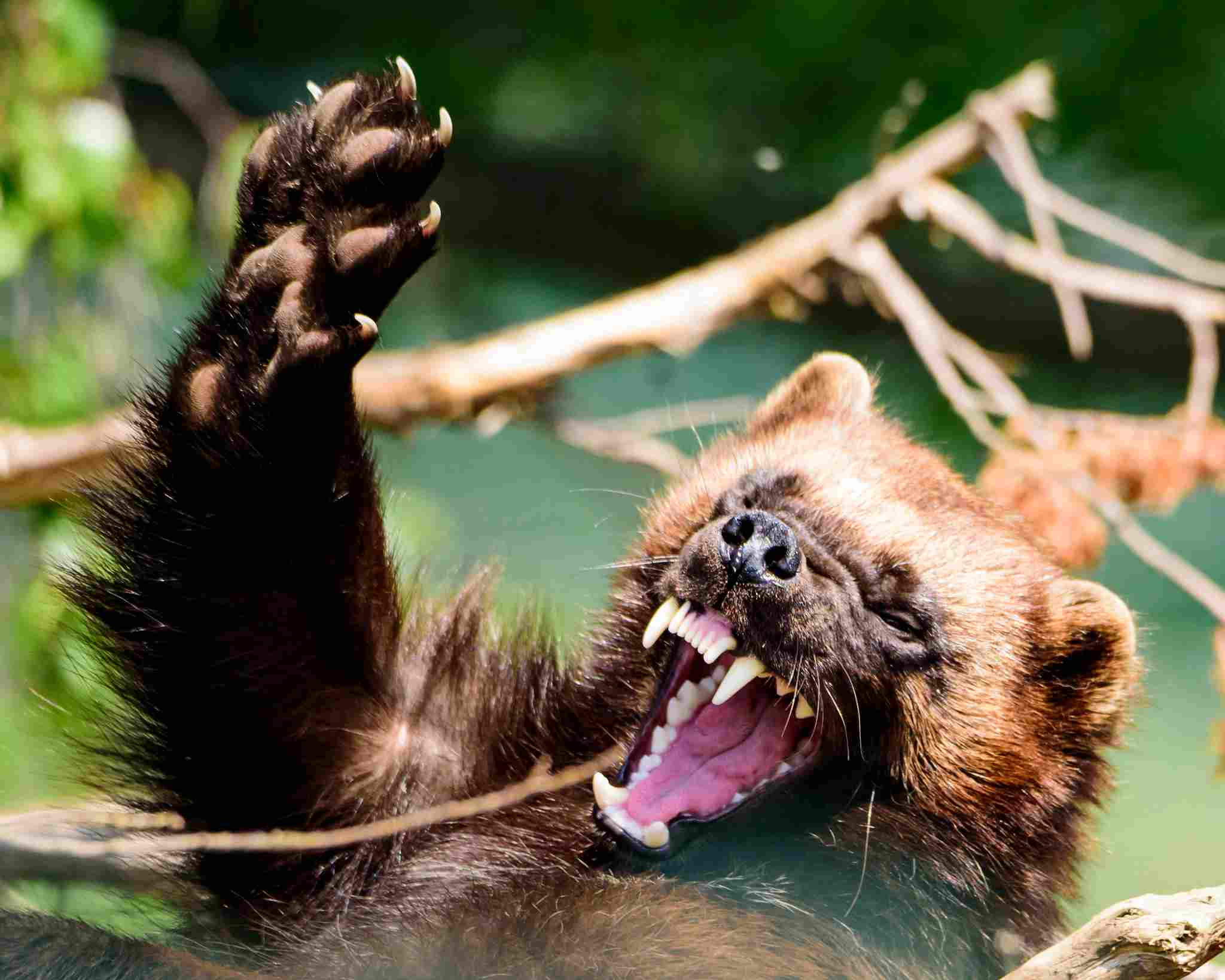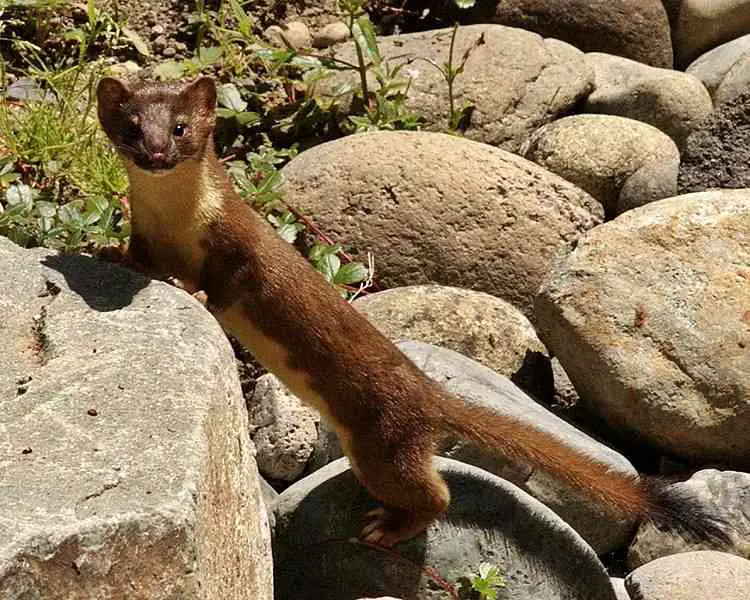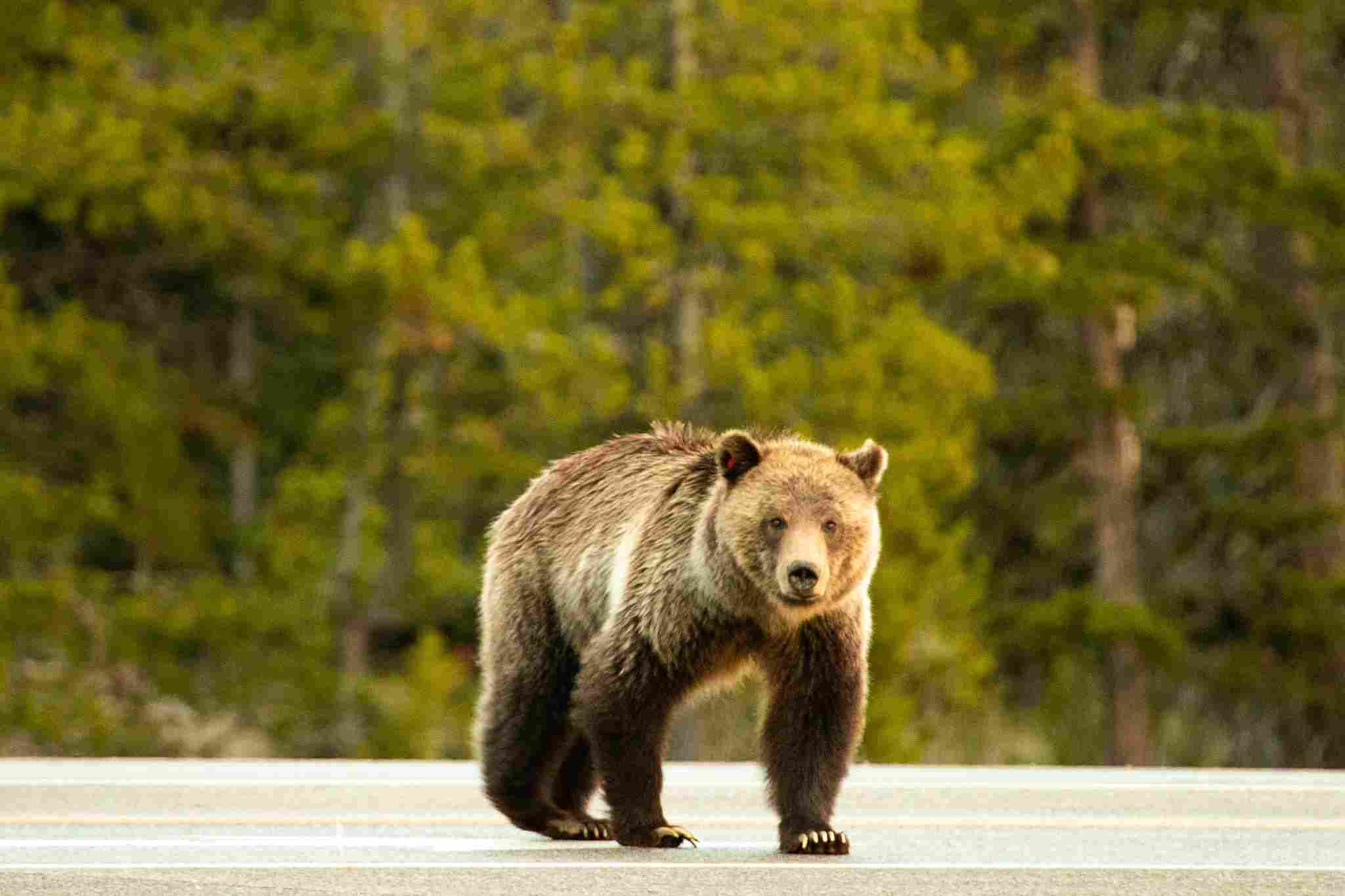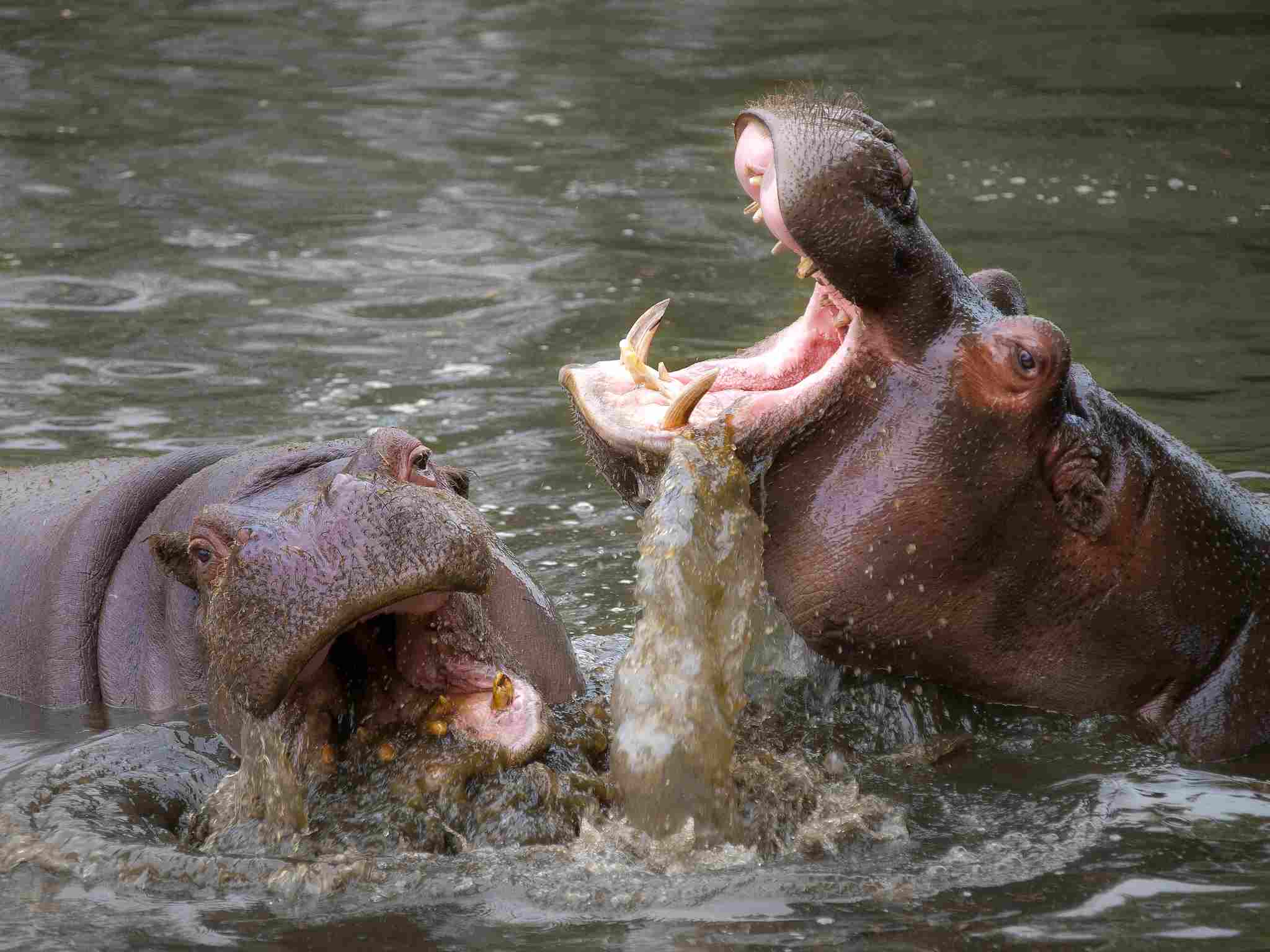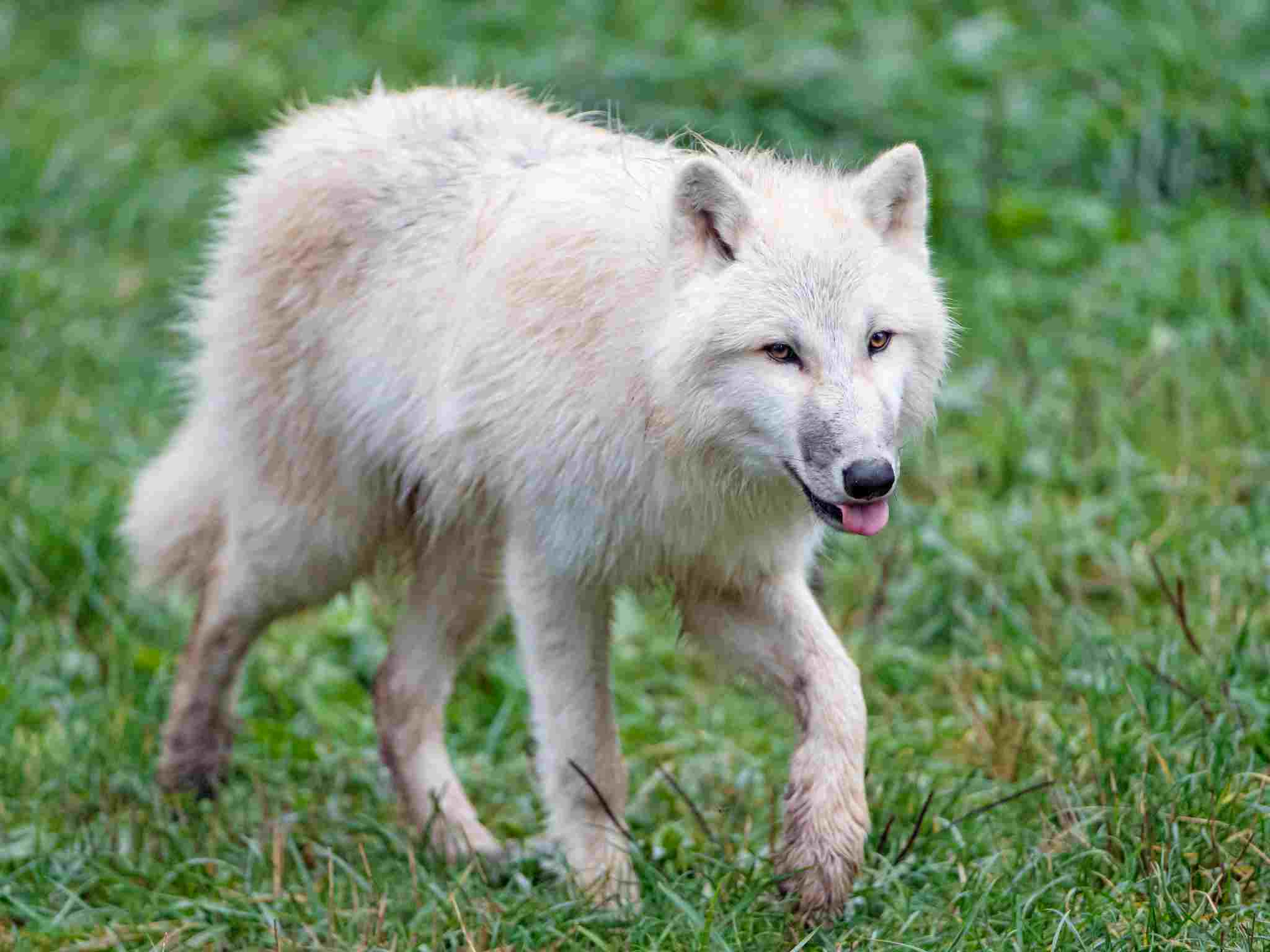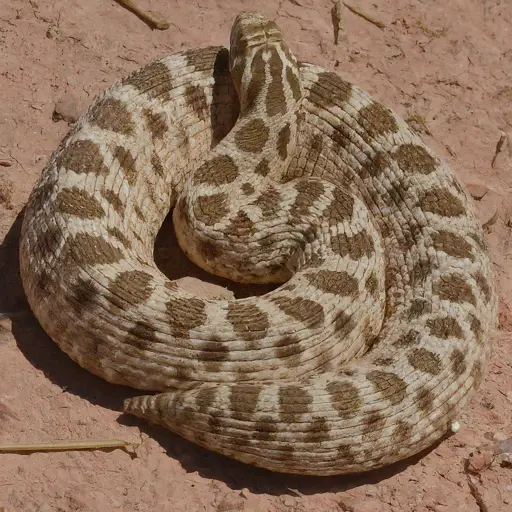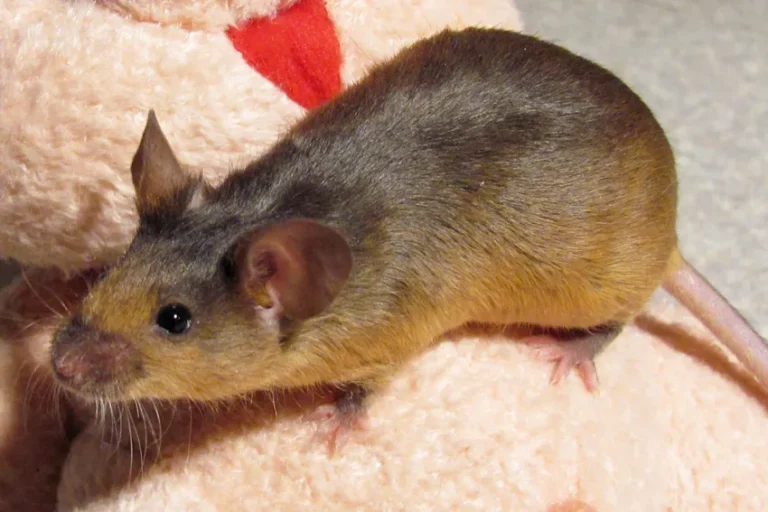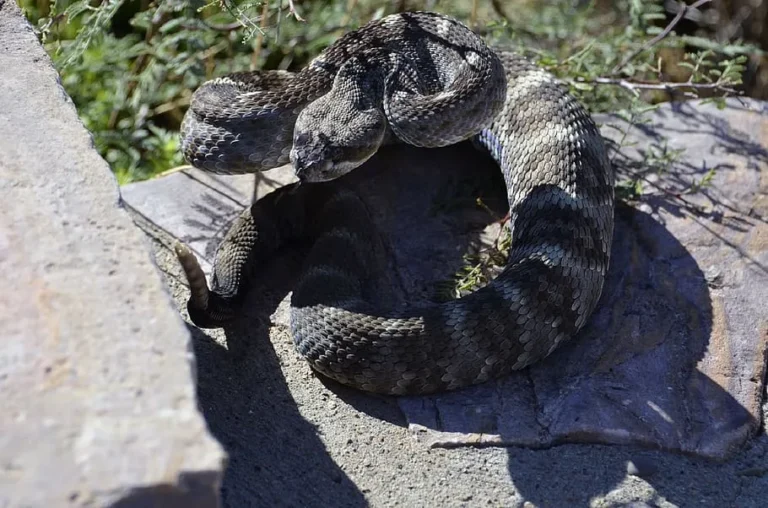9 Apex Predators In The Tundra And Their Characteristics
Examples of apex predators in the tundra include the polar bear, Arctic wolf, wolverine, and snowy owl. Each of these predators is uniquely adapted to the cold and harsh conditions of the Arctic environment. However, they face threats from climate change, habitat loss, and human activities. Conservation efforts are crucial to ensure the survival of these apex predators in a rapidly changing tundra ecosystem.
1. Polar Bear
The polar bear (Ursus maritimus) is the largest land carnivore in the world and a formidable apex predator in the Arctic tundra. These massive creatures are uniquely adapted to their icy environment, with thick fur and a layer of blubber that provides insulation against the freezing temperatures. Polar bears are primarily found in the circumpolar Arctic regions, where they rely heavily on sea ice for hunting seals, their main source of food. They have keen senses, powerful limbs, and sharp claws, allowing them to swim, stalk, and capture their prey with remarkable efficiency. As the Arctic ice diminishes due to climate change, polar bears face increasing challenges in maintaining their hunting grounds, leading to potential threats to their population and habitat.
Despite their formidable presence, polar bears are vulnerable to the impacts of human activities and climate change. As sea ice continues to melt, they are forced to travel greater distances to find food, which increases their energy expenditure and reduces their reproductive success. The loss of sea ice also brings them into closer contact with human settlements, leading to increased risks of conflict. Conservation efforts are underway to protect polar bear habitats and reduce the effects of climate change, but the future of this apex predator remains uncertain as the Arctic tundra undergoes significant transformations.
2. Arctic Wolf
The Arctic wolf (Canis lupus arctos) is a resilient apex predator inhabiting the remote regions of the Arctic tundra. Adapted to the harsh conditions of this environment, they have thick white fur that provides camouflage against the snowy landscape and insulation from extreme cold. Arctic wolves typically live in packs, with complex social structures that allow them to hunt cooperatively and share resources. Their diet consists primarily of large herbivores like caribou and muskoxen, but they will also hunt smaller animals when larger prey is scarce.
Unlike many other wolf subspecies, Arctic wolves face fewer threats from human activities due to the remoteness of their habitat. However, climate change poses a significant risk, as warming temperatures can affect their prey’s migration patterns and the overall ecosystem. As the tundra landscape changes, Arctic wolves must adapt to shifting food sources, which can impact pack dynamics and survival rates. Conservationists are monitoring these trends to understand how the Arctic wolf population may be influenced by broader environmental changes.
3. Wolverine
The wolverine (Gulo gulo) is a fearless and tenacious apex predator found in the Arctic tundra and boreal forests. Known for their incredible strength and ferocity relative to their size, wolverines are solitary animals with large territories. They have thick fur to withstand cold temperatures and powerful jaws and claws to help them scavenge and hunt. Wolverines primarily feed on carrion, but they are also capable of hunting live prey, such as small mammals and birds.
Wolverines are highly mobile, with an exceptional ability to travel long distances in search of food. This characteristic allows them to inhabit remote areas with low human interference. However, their population is threatened by habitat fragmentation and climate change, as warming temperatures can alter the tundra ecosystem. Additionally, human activities like trapping and development can impact their territories. Conservation efforts aim to protect wolverine habitats and ensure their survival in a rapidly changing environment.
4. Owl
Owls are a diverse group of raptors found in the Arctic tundra, with the snowy owl (Bubo scandiacus) being the most iconic species in this region. Snowy owls are distinguished by their large size, white plumage, and striking yellow eyes. These birds are well-adapted to the Arctic environment, with dense feathers for insulation and powerful wings for efficient flight. Snowy owls primarily feed on small mammals like lemmings, which are abundant in the tundra, but they can also hunt birds and fish.
Snowy owls are migratory, traveling long distances in search of food, depending on lemming population cycles. When food is scarce, they may move further south, leading to occasional sightings in more temperate regions. Climate change can disrupt the populations of prey species, impacting snowy owl migration and breeding patterns. Conservation efforts focus on understanding these migratory trends and protecting critical habitats to ensure the long-term survival of snowy owls and other Arctic owl species.
5. Golden Eagle
The golden eagle (Aquila chrysaetos) is a majestic apex predator with a wide range that includes the Arctic tundra. Known for their powerful flight and keen eyesight, golden eagles are skilled hunters capable of capturing a variety of prey, from small mammals to larger birds. In the tundra, they often prey on hares, ground squirrels, and ptarmigan, using their strong talons to snatch and kill with precision. Golden eagles are also opportunistic, feeding on carrion when available.
Golden eagles build large nests on cliffs or tall trees, where they raise their young. The tundra environment offers them a vast hunting ground with fewer human disturbances, but climate change and habitat encroachment can pose risks. Shifts in prey availability and the loss of nesting sites due to changing landscapes can impact golden eagle populations. Conservationists work to monitor these trends and implement measures to protect this impressive raptor’s habitat and ensure its continued presence in the tundra.
6. Mountain Lion
The mountain lion (Puma concolor), also known as the cougar or puma, is a versatile and powerful apex predator that inhabits a variety of environments, including the tundra. With a sleek body and strong muscles, mountain lions are agile hunters capable of taking down large prey such as deer and elk. In the tundra, they may prey on smaller animals, like hares and birds, using stealth and surprise to capture their targets. Their adaptability allows them to thrive in different ecosystems, from forests to deserts to mountainous regions.
Mountain lions are typically solitary, with large territories that they fiercely defend. Although they are less common in Arctic tundra regions, climate change and habitat loss can lead to changes in their distribution. As humans encroach on their habitats, mountain lions may come into conflict with people, leading to negative consequences for both parties. Conservation efforts focus on understanding mountain lion behavior and ensuring they have sufficient space to roam and hunt without human interference.
7. Lynx
The lynx (Lynx canadensis) is a skilled and elusive predator found in the Arctic tundra and boreal forests. Known for their tufted ears and fluffy tails, lynxes are highly adapted to cold climates, with thick fur and large, fur-covered paws that act like snowshoes. Lynxes primarily prey on snowshoe hares, their population closely linked to hare abundance. When hare populations decline, lynxes may turn to other small mammals and birds for sustenance.
Lynxes are solitary creatures with defined territories that they mark with scent. Despite their adaptability to cold environments, they face threats from habitat loss and climate change, which can alter the abundance of their prey. Human activities such as logging and road construction can fragment lynx habitats, limiting their range and leading to increased risks of encounters with humans. Conservation efforts aim to protect lynx habitats and maintain a balance between predator and prey populations in the Arctic tundra.
8. Gyrfalcon
The gyrfalcon (Falco rusticolus) is a large and formidable raptor that resides in the Arctic tundra and subarctic regions. Renowned for its speed and agility, the gyrfalcon is one of the most impressive hunters in its environment, preying on birds and small mammals. It uses its keen eyesight to spot prey from great distances, then dives with incredible speed to capture its target. Gyrfalcons build nests on cliffs and other high vantage points, providing them with an ideal location to survey their hunting grounds.
Gyrfalcons are highly adapted to cold climates, with dense feathers and a robust body structure. They are typically solitary, with each falcon having a large territory. Climate change and human activities can threaten their habitats, leading to shifts in prey availability and nesting sites. Conservationists are working to understand the effects of climate change on gyrfalcon populations and implement measures to protect their habitats, ensuring that these majestic raptors continue to thrive in the tundra.
9. Snow Leopard
The snow leopard (Panthera uncia) is a rare and enigmatic apex predator found in the mountainous regions of Central Asia, including the fringes of the tundra. Known for its beautiful spotted fur and bushy tail, the snow leopard is well-adapted to cold and rugged environments. It has powerful legs that allow it to navigate steep and rocky terrain with agility. Snow leopards are primarily solitary and are expert hunters, preying on wild goats, sheep, and smaller mammals.
Despite their adaptability, snow leopards face significant threats from habitat loss and poaching. As human settlements expand into their territories, these elusive cats lose critical habitat and food sources, leading to increased conflicts with people. Conservation efforts focus on protecting snow leopard habitats, reducing poaching, and promoting coexistence between these predators and local communities. The snow leopard’s survival depends on a concerted effort to address these challenges and preserve the fragile ecosystems they inhabit.
*Summary
-
Polar Bear
-
Largest land carnivore, found in Arctic tundra.
-
Thick fur and blubber for insulation.
-
Primarily hunts seals on sea ice.
-
Threatened by climate change and habitat loss.
-
-
Arctic Wolf
-
Found in remote Arctic tundra regions.
-
Pack hunters, preying on large herbivores.
-
Thick white fur for camouflage.
-
Climate change affects prey patterns, impacting survival.
-
-
Wolverine
-
Small but fierce predator in the Arctic tundra.
-
Feeds on carrion and hunts small mammals.
-
Climate change and habitat fragmentation threaten their populations.
-
Known for their tenacity and strength.
-
-
Owl
-
Snowy owl is a prominent tundra species.
-
Feeds on small mammals like lemmings.
-
Migrates based on prey availability.
-
Climate change affects prey cycles, impacting owl behavior.
-
-
Golden Eagle
-
Majestic raptor with a wide range, including tundra.
-
Feeds on small mammals and birds.
-
Climate change and habitat loss can impact their prey.
-
Conservation efforts focus on protecting nesting sites.
-
-
Mountain Lion
-
Versatile predator with a wide range, including tundra.
-
Hunts large prey like deer but also smaller animals.
-
Faces threats from habitat loss and human conflict.
-
Conservation efforts aim to minimize human-wildlife conflict.
-
-
Lynx
-
Skilled predator in the Arctic tundra and boreal forests.
-
Preys on snowshoe hares and other small mammals.
-
Habitat fragmentation and climate change are threats.
-
Conservation efforts focus on maintaining balanced predator-prey dynamics.
-
-
Gyrfalcon
-
Large raptor in Arctic tundra.
-
Known for speed and agility, preys on birds and small mammals.
-
Climate change and human activities can impact their habitats.
-
Conservationists aim to protect their territories.
-
-
Snow Leopard
-
Apex predator in the mountainous regions and tundra fringes.
-
Preys on wild goats, sheep, and smaller mammals.
-
Threatened by habitat loss and poaching.
-
Conservation efforts focus on reducing human-wildlife conflict.
-
| Species | Description |
| Polar Bear |
Largest land carnivore, hunts seals on sea ice, threatened by climate change.
|
| Arctic Wolf |
Pack hunters in remote tundra, affected by changes in prey patterns due to climate change.
|
| Wolverine |
Small but fierce predator, feeds on carrion and small mammals, threatened by habitat fragmentation.
|
| Owl |
Snowy owl feeds on lemmings, migrates with prey, affected by climate change.
|
| Golden Eagle |
Majestic raptor preys on small mammals and birds, threatened by habitat loss, conservation focuses on nesting site protection.
|
| Mountain Lion |
Hunts large prey like deer, also smaller animals, faces threats from habitat loss and human conflict.
|
| Lynx |
Skilled predator, preys on snowshoe hares, habitat fragmentation and climate change are threats, conservation aims to maintain balanced predator-prey dynamics.
|
| Gyrfalcon |
Large raptor, known for speed, preys on birds and small mammals, conservationists aim to protect their habitats.
|
| Snow Leopard |
Apex predator in mountainous regions and tundra fringes, threatened by habitat loss and poaching, conservation focuses on reducing human-wildlife conflict.
|
